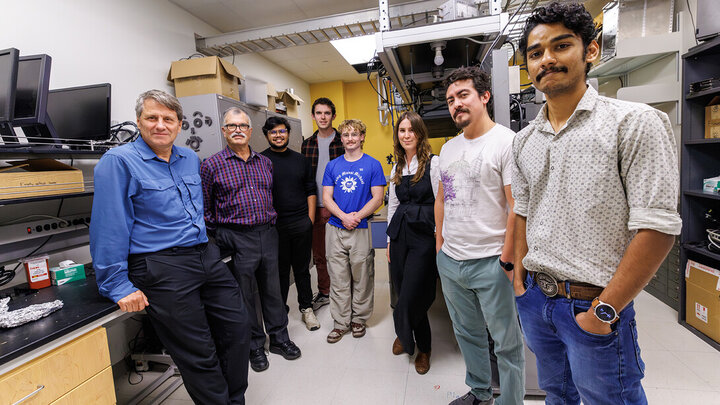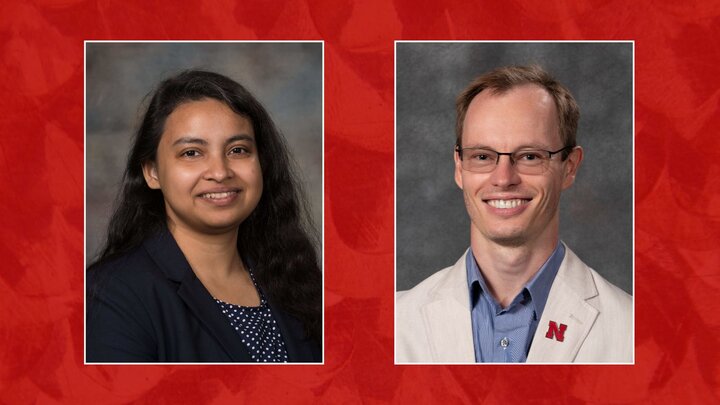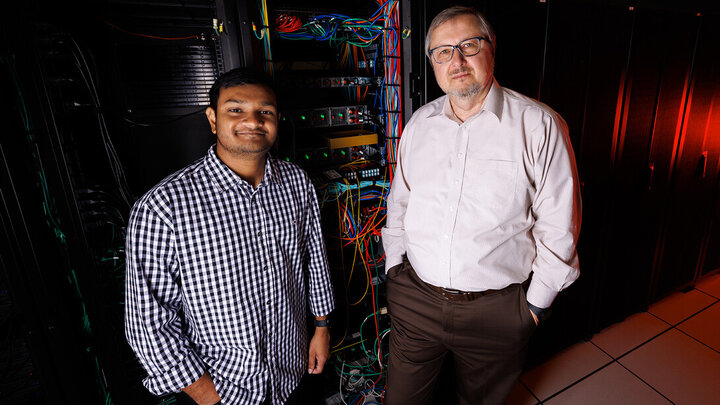Visitors to the University of Nebraska-Lincoln’s Morrill Hall got an up-close look at the invisible world of quantum and nanoscience during this month’s “Sunday with a Scientist” event, hosted by Nebraska’s EQUATE team. While the scale of this science is microscopic—working with materials a billionth of a meter in size—the impact on young minds was anything but small.
Kids of all ages took part in hands-on activities that made complex scientific concepts like magnetism, pH balance, and triboelectricity (static energy) come alive. From lighting up bulbs with static electricity to experimenting with invisible ink, the event highlighted how these “tiny” sciences can be shockingly powerful—and fun.
The event aimed to bridge the gap between the classroom and real-world science. “Our natural history ties in so closely to all the sciences,” said Rebecca Wehling, public programs and volunteer coordinator at Morrill Hall. “Science can be very interactive—it doesn’t just have to be sitting in a classroom or lecture hall.”
The program, part of Morrill Hall’s ongoing outreach efforts, featured real-life scientists from disciplines ranging from chemistry to computer engineering. Attendees learned how chemists are making next-gen materials that could revolutionize data storage, and how engineers are working on quantum computers that could transform technology as we know it.
The EQUATE team helped make science accessible and magical. One booth even used Harry Potter's chemistry to illustrate scientific principles, while another let visitors explore the surprising ways materials behave on the nanoscale.
For a day devoted to small things, the smiles and curiosity on display were larger than life.




